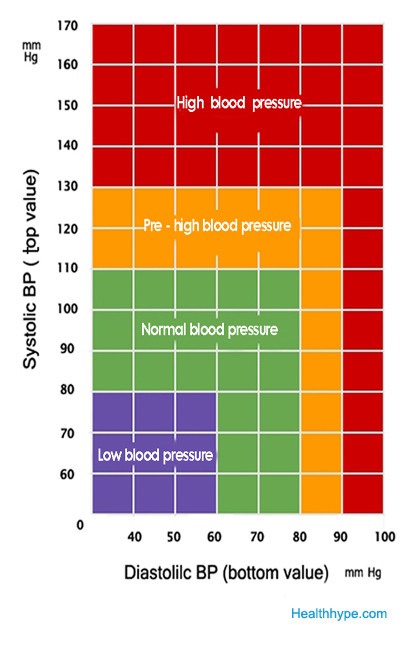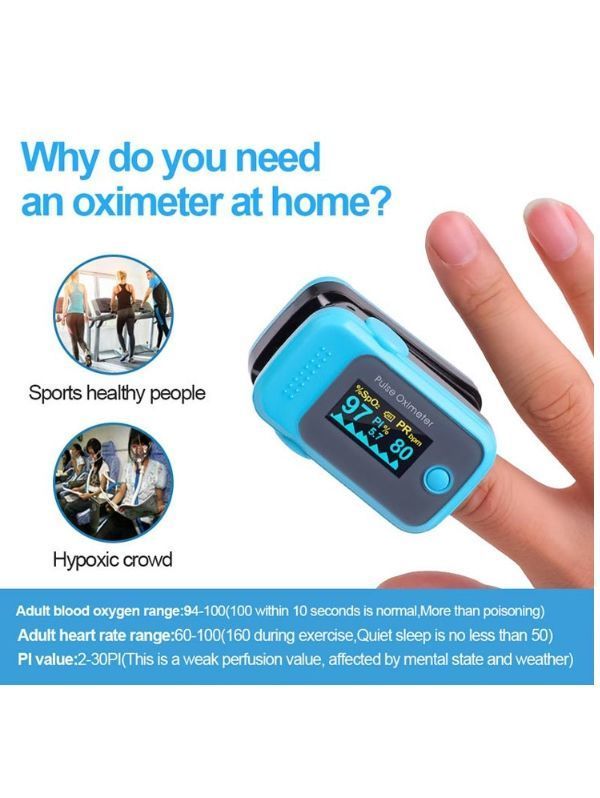During evaluation, conduct the primary assessment, secondary assessment, and diagnostic tests. If at any time a condition is determined to be life-threatening, intervene immediately.
A normal resting heart rate for adults ranges from 60 to 100 beats per minute. Generally, a lower heart rate at rest implies more efficient heart function and better cardiovascular fitness. For example, a well-trained athlete might have a normal resting heart rate closer to 40 beats per minute. To measure your heart rate, simply check your pulse. If you’re sitting or lying and you’re calm, relaxed and aren’t ill, your heart rate is normally between 60 (beats per minute) and 100 (beats per minute). But a heart rate lower than 60 doesn’t necessarily signal a medical problem. It could be the result of taking a drug such as a beta blocker. Heart rate, also known as pulse, is the number of times a person’s heart beats per minute. A normal heart rate depends upon the individual, age, body size, heart disease, whether the person is sitting or moving, medication use and even air temperature level.
Primary Assessment
Assessment | Assessment Techniques | Abnormal Findings | Interventions |
A – Airway | Observe for movement of the chest or abdomen; Listen to the chest for breath sounds | Obstructed but maintainable | Keep airway open by head tilt/chin lift |
Obstructed and cannot be opened with simple interventions | Keep airway open using advanced interventions | ||
B – Breathing | Rate | <10 or >60 = Abnormal (apnea, bradypnea, tachypnea) | Immediate respiratory intervention required |
Effort | Nasal flaring, head bobbing, seesaw respirations, retractions | Immediate respiratory intervention required | |
Chest or abdominal expansion | Asymmetrical or no chest movement | Immediate respiratory intervention required | |
Breath sounds | Stridor, grunting, wheezing, rales, rhonchi | Immediate respiratory intervention required | |
Oxygen saturation (O2 sat) | <94% on room air <90% at any time | Supplemental oxygen Advanced airway | |
C – Circulation | Heart rate | Bradycardia | Bradycardia Algorithm |
Tachycardia | Tachycardia Algorithm | ||
Absent | Cardiac Arrest Algorithm | ||
Peripheral pulses (radial, posterior tibial, dorsalis pedis) | Diminished or absent | Close monitoring | |
Central pulses (femoral, brachial, carotid, and axillary) | Diminished or absent | Management of Pediatric Shock | |
Capillary refill | >2 seconds | Management of Pediatric Shock | |
Skin color/temperature | Pale mucous membranes | Management of Pediatric Shock | |
Central cyanosis | Immediate respiratory intervention required | ||
Peripheral cyanosis | Management of Pediatric Shock | ||
Blood pressure | Outside normal range for age | Management of Pediatric Shock | |
D – Disability | AVPU Scale | Alert – Awake, active, responsive to parents (normal) Uoice – Responds only to voice Pain – Responds only to pain Unresponsive – Not responsive | Monitor and consult neurologist |
Glasgow Coma Scale | Pediatric Glasgow Coma Scale | ||
Pupils | Unequal or non-reactive | ||
E – Exposure | General evaluation | Signs of bleeding, burns, trauma, petechiae, and purpura | Management of Pediatric Shock |

Table 3: Primary Assessment Model
Use the Primary Assessment to evaluate the child using vital signs and an ABCDE model:
A – Airway
Head tilt-chin lift and jaw thrust may be used to open the airway quickly and without the use of an advanced airway. The jaw thrust maneuver is preferred when a cervical spine injury is suspected or cannot be ruled out.
Advanced interventions for maintaining a patent airway may include:
- Laryngeal mask airway (LMA)
- Endotracheal (ET) intubation
- Continuous positive airway pressure (CPAP)
- Foreign body removal if one can be visualized
- Cricothyrotomy in which a surgical opening is made into the trachea.

What Is A Normal Pulse Level
B – Breathing
The child’s respiratory rate is an important assessment that should be made early in the primary assessment process. The clinician must be aware of normal respiratory ranges by age:
Age Category | Age Range | Normal Respiratory Rate |
Infant | 0-12 months | 30-60 per minute |
Toddler | 1-3 years | 24-40 per minute |
Preschooler | 4-5 years | 22-34 per minute |
School age | 6-12 years | 18-30 per minute |
Adolescent | 13-18 years | 12-16 per minute |
Table 4: Normal Respiratory Rates
Normal Pulse Level In Body
A respiratory rate that is consistently below 10 or above 60 breaths per minute indicates a problem that needs immediate attention. Periodic breathing is not unusual in infants; therefore, you may have to spend more time observing the infant’s breathing to determine true bradypnea or tachypnea. Nasal flaring and retractions indicate increased work of breathing. Head bobbling or seesaw respirations are potential signs of impending deterioration. Likewise, slow and/or irregular breathing suggest imminent respiratory arrest.
C – Circulation
The child’s heart rate is another important assessment that should be made in the primary assessment. The normal heart rates by age are:
Age Category | Age Range | Normal Heart Rate |
Newborn | 0-3 months | 80-205 per minute |
Infant/young child | 4 months to 2 years | 75-190 per minute |
Child/school age | 2-10 years | 60-140 per minute |
Older child/ adolescent | Over 10 years | 50-100 per minute |
Table 5: Normal Heart Rates
Normal Pulse Levels In Adults
The child’s blood pressure should be another part of the primary assessment. Normal blood pressures by age range are:
Age Category | Age Range | Systolic Blood Pressure | Diastolic Blood Pressure | Abnormally Low |
Systolic Pressure | 1 Day | 60-76 | 30-45 | <60 |
Neonate | 4 Days | 67-84 | 35-53 | <60 |
Infant | To 1 month | 73-94 | 36-56 | <70 |
Infant | 1-3 months | 78-103 | 44-65 | <70 |
Infant | 4-6 months | 82-105 | 46-68 | <70 |
Infant | 7-12 months | 67-104 | 20-60 | <70 + (age in years x 2) |
Preschool | 2-6 years | 70-106 | 25-65 | <70 + (age in years x 2) |
School Age | 7-14 years | 79-115 | 38-78 | <70 + (age in years x 2) |
Adolescent | 15-18 years | 93-131 | 45-85 | <90 |
Table 6: Normal Blood Pressure
D – Disability
One of the assessments of level of consciousness in a child is the Pediatric Glasgow Coma Scale (GCS).
Response | Score | Verbal Child | Pre-Verbal Child |
Eye opening | 4 3 2 1 | Spontaneously To verbal command To pain None | Spontaneously To speech To pain None |
Verbal response | 5 4 3 2 1 | Oriented and talking Confused but talking Inappropriate words Sounds only None | Cooing and babbling Crying and irritable Crying with pain only Moaning with pain only None |
Motor response | 6 5 4 3 2 1 | Obeys commands Localizes with pain Flexion and withdrawal Abnormal flexion Abnormal extension None | Spontaneous movement Withdraws when touched Withdraws with pain Abnormal flexion Abnormal extension None |
Total Possible Score | 3-15 |
Table 7: Pediatric Glasgow Coma Scale
When there is a suspected or known head injury, a GCS score of 13 to 15 is considered mild, 9 to 12 is moderate, and 3 to 8 is severe. In intubated or sedated children, motor response provides the most important information. The lower the motor response score, the more serious the deficit/injury.
E – Exposure
If the provider finds any abnormal symptoms in this category they should assess and treat the child for shock (see Unit Seven: Management of Pediatric Shock, particularly Interventions for Initial Management of Shock). During the primary assessment, if the child is stable and does not have a potentially life-threatening problem, continue with the secondary assessment.
You can check your heart rate by taking your pulse and counting how many times your heart beats in a minute.
Your heart rate varies depending on what you're doing – for example, it will be slower if you're sleeping and faster if you're exercising.
To get your resting heart rate, you need to have been resting for at least 5 minutes before checking your pulse.
Finding your pulse
You can find your pulse in your wrist or neck.
To find your pulse in your wrist:
- hold out one of your hands, with your palm facing upwards
- press the first (index) finger and middle finger of your other hand on the inside of your wrist, at the base of your thumb – don't use your thumb as it has its own pulse
- press your skin lightly until you can feel your pulse – if you can't find it, try pressing a little harder or move your fingers around
To find your pulse in your neck:
- press your first finger and middle finger to the side of your neck, just under your jaw and beside your windpipe – don't use your thumb
- press your skin lightly to feel your pulse – if you can't find it, try pressing a bit harder or move your fingers around
Checking your pulse
When you find your pulse, either:
- count the number of beats you feel for 60 seconds
- count the number for 30 seconds and multiply by 2
This gives you your heart rate – the number of times your heart beats per minute (bpm).
You can also check if your pulse is regular or irregular by feeling its rhythm for about 30 seconds. It's very common to have occasional irregular heartbeats, such as missed beats.
But if your pulse continues to be irregular, it can be a sign of atrial fibrillation – an irregular and often abnormally fast heart rate. This is more likely if you're 65 or older.
See a GP if you're worried about your pulse.
What's a normal heart rate?
Most adults have a resting heart rate between 60 and 100bpm.
The fitter you are, the lower your resting heart rate is likely to be. For example, athletes may have a resting heart rate of 40 to 60bpm, or lower.
See a GP to get checked if you think your heart rate is continuously above 120bpm or below 40bpm, although it may simply be that this is normal for you.
Visit the British Heart Foundation for more information on checking your pulse.

Exercise and your pulse
If you check your pulse during or immediately after exercise, it may give an indication of your fitness level. A heart rate monitor is also useful for recording your heart rate when resting and during exercise.
Aerobic activities such as walking, running and swimming are good types of exercise because they increase your heart and breathing rates.
Read more from the British Heart Foundation on what your heart rate should be while exercising (PDF, 200kb).
If you haven't exercised before, or haven't for some time, see our Live Well section to read about the benefits of exercise and how much exercise you should be doing.
Further information:
Page last reviewed: 22 February 2018
Next review due: 22 February 2021
